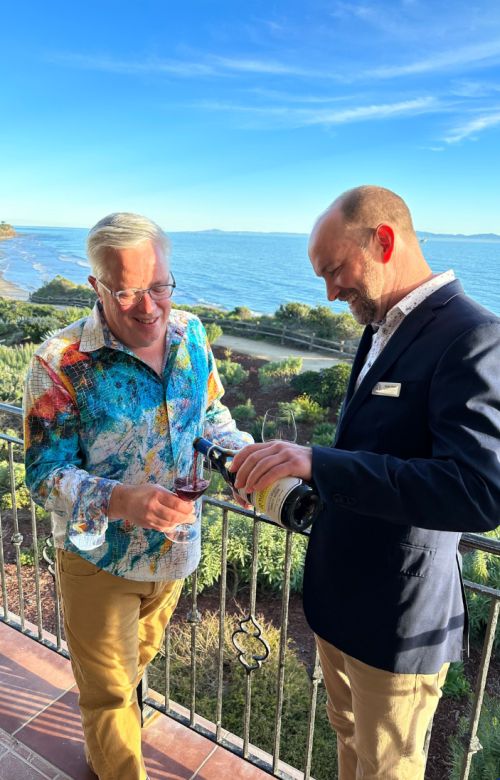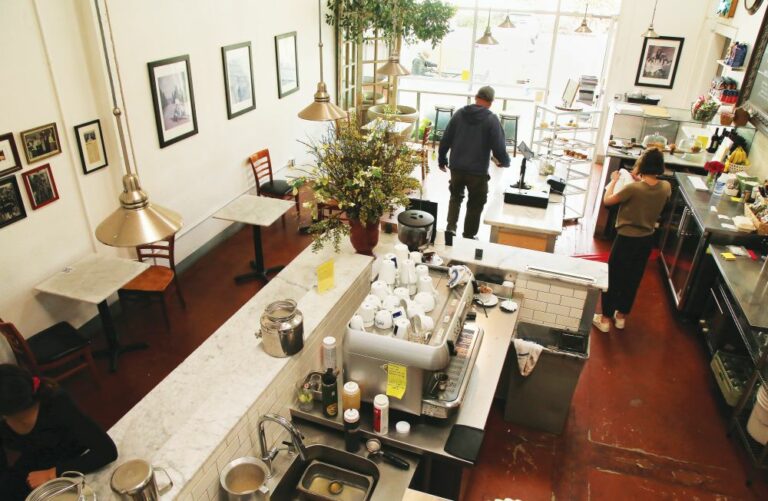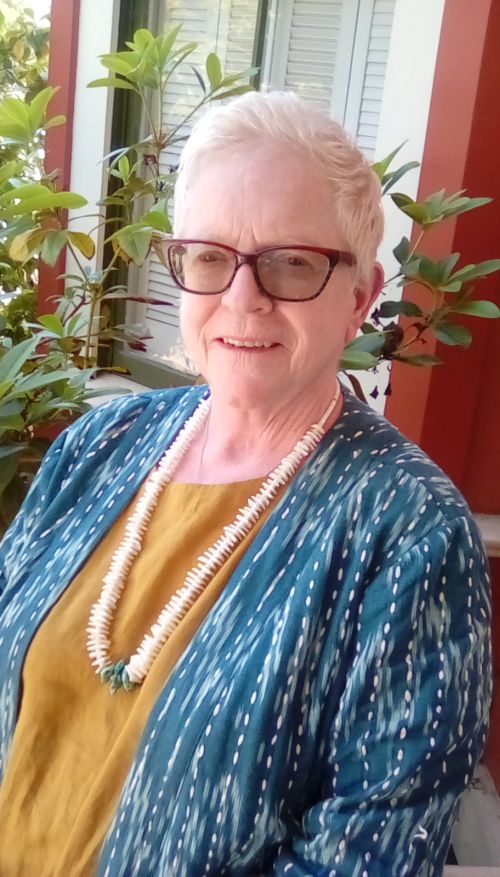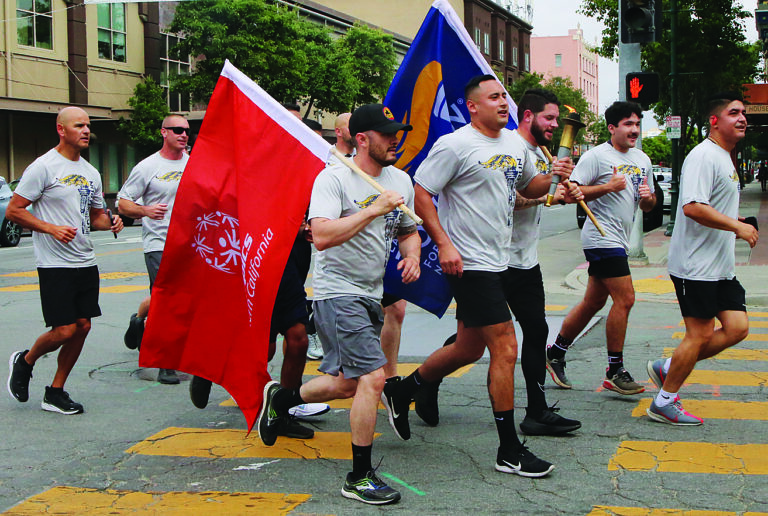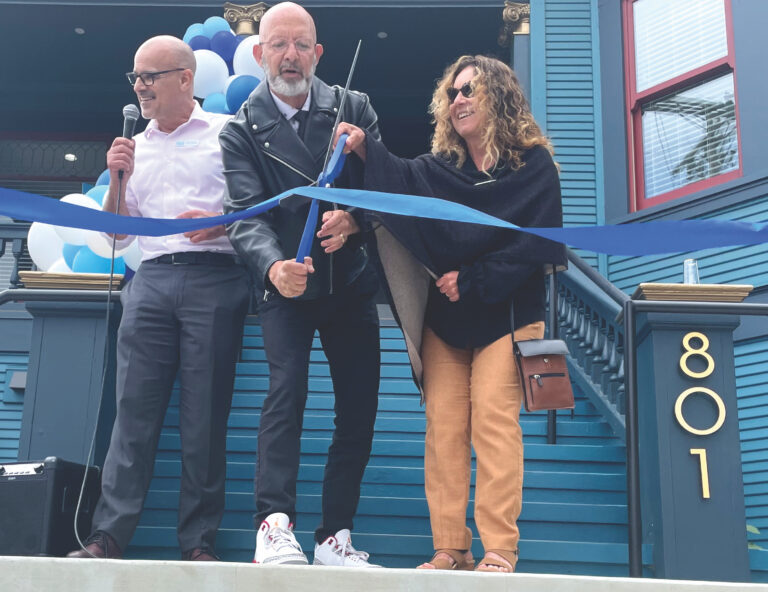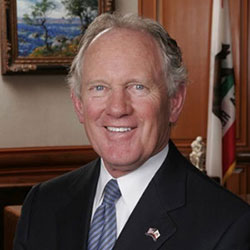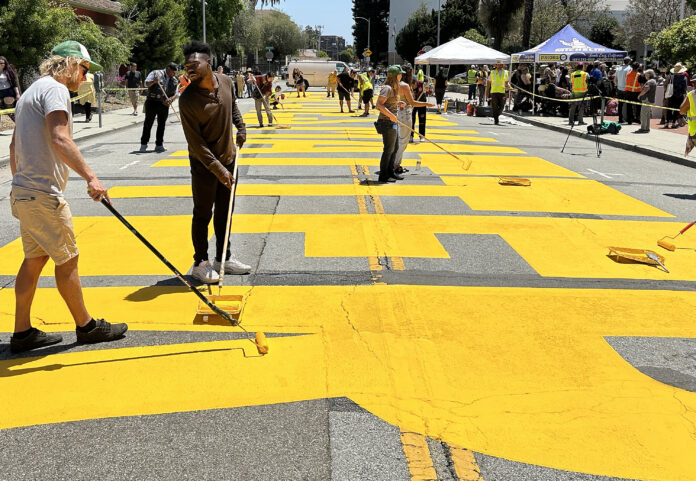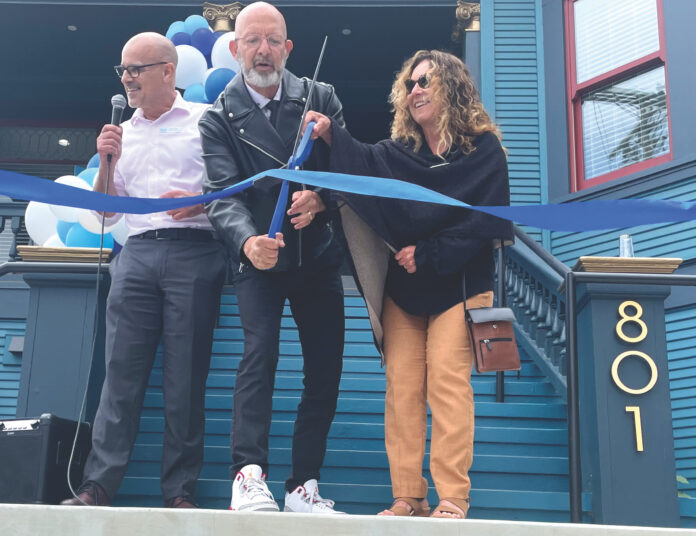Managing Director Mike Ryan says that his favorite is probably “One fell swoop” from Macbeth, Act 4, Sc 3.
Actress Hayley Huntley was introduced to Shakespeare at eight years old, when her mom signed her up for a Lake Tahoe Shakespeare camp. “The kids in my age group put on Twelfth Night while the teens put on The Merchant of Venice. I was cast as Feste the clown, which initially devastated me because it was supposed to be played by a ‘boy’ and was not a lead role (I wanted to be Olivia, the grieving princess, the damsel in distress) but my mom gave me a pep talk. Where I saw disappointment, she saw an opportunity.
She said that a small part might nonetheless become a great part if I changed my attitude and tried to make it my own. She was right. Having loved that experience, I dedicated myself to becoming a professional actress, making a career out of playing the ‘funny sidekick.’ And I’ve discovered that playing the leading lady—while it gets your name on the billboard—isn’t always as fun as playing the clown. All that glitters is not gold.”
English professor Jeffrey Smith says, “My first significant encounter with Shakespeare was in 1981 when I took a class at San Jose State University, reading ten plays. I was also assigned to read King Lear in three other classes, reading those four times. Around 1993, I got the wonderful opportunity to teach a summer class in Shakespeare at Chabot College, where I made my choices of plays to assign based on what was being offered at Shakespeare Santa Cruz that year and some students from that class joined me at the Glen to see a performance of The Merry Wives of Windsor.
Then, every summer, starting with Shakespeare Santa Cruz’s inaugural year of 1982, I read one or more of the plays shortly before seeing them performed. I needed to read quickly, and this helped me develop the facility for reading Shakespeare that I enjoy today. It also enabled me to provide a helpful synopsis of each play to the friends who accompanied me to the various plays, a synopsis usually delivered as we stood in line to enter the Glen.
Several years later, I took a graduate class in Shakespeare with renowned professor Richard Levin at UC Davis in which we read all 154 sonnets and several of Shakespeare’s plays.
This was a deep immersion into the magic and complexity of Shakespeare’s way with words: his punning and his innuendoes. I enjoyed it a great deal and jumped at the chance to serve as a teaching assistant in Dr. Levin’s Shakespeare class titled ‘C The Middle Period.’
In 1999, as part of my duties, I delivered a lecture on the rarely performed play Troilus and Cressida. At UC Davis, there was an unspoken preference for instructors to teach a Shakespeare play in the lower-division introduction course, and I chose to teach a play that I had seen performed by Shakespeare Santa Cruz around 1989, All’s Well That Ends Well, a ‘problem comedy’ with some off-color incidents that make for lively classroom discussions.
In teaching this play, I employed Dr. Levin’s technique of helping students use the Oxford English Dictionary to define and discuss keywords in important speeches from the plays.
I have continued to teach All’s Well That Ends Well when teaching a course titled ‘Critical Thinking and Writing about Literature’ at Contra Costa College and taught it during the spring semester.
I now know this play like the back of my hand, and it has greatly enriched my life and my appreciation of the bard.”
Twenty of the most common phrases coined by the Bard:
1) “Knock knock! Who’s there?” – Macbeth
2) “Set my teeth on edge” – Henry IV
3) “Fair play” – The Tempest
4) “For goodness’ sake” – Henry VIII
5) “Break the ice” – The Taming of the Shrew
6) “Dead as a doornail” – Henry VI
7) “Good riddance” – Troilus and Cressida
8) “Love is blind” – The Merchant of Venice
9) “Wild-goose chase” – Romeo and Juliet
10) “Jealousy is the green-eyed monster” – Othello
11) “In a pickle” – The Tempest
12) “Laughing stock” – The Merry Wives of Windsor
13) “Wear my heart upon my sleeve” – Othello
14) “The world’s my oyster” – Merry Wives of Windsor
15) “All that glitters (glisters) is not gold” – The Merchant of Venice
16) “All’s well that ends well” – All’s Well that Ends Well
17) “Be-all and end-all” – Macbeth
18) “A sorry sight” – Macbeth
19) “All of a sudden” – The Taming of the Shrew
20) “Heart of gold” – Henry V




